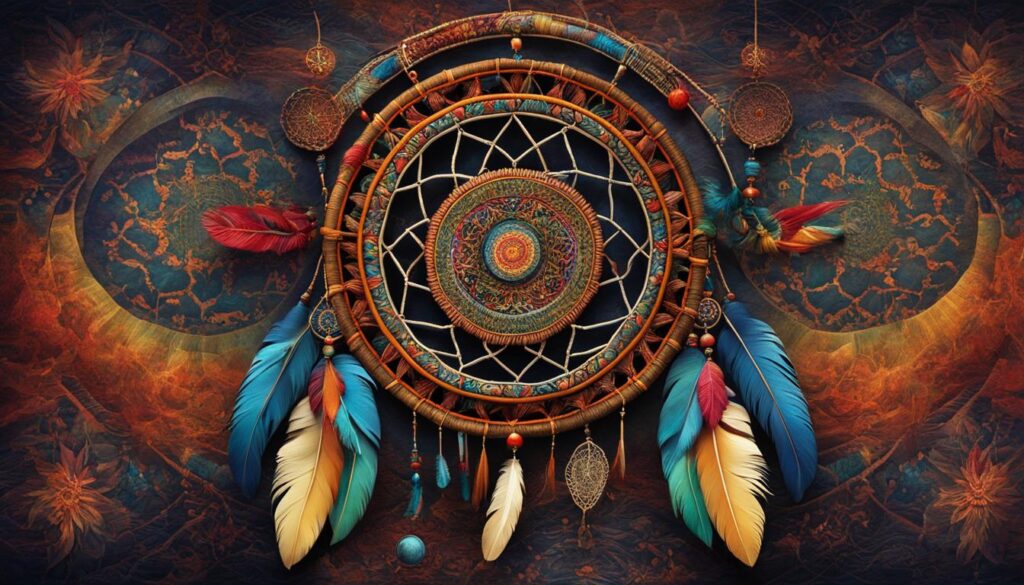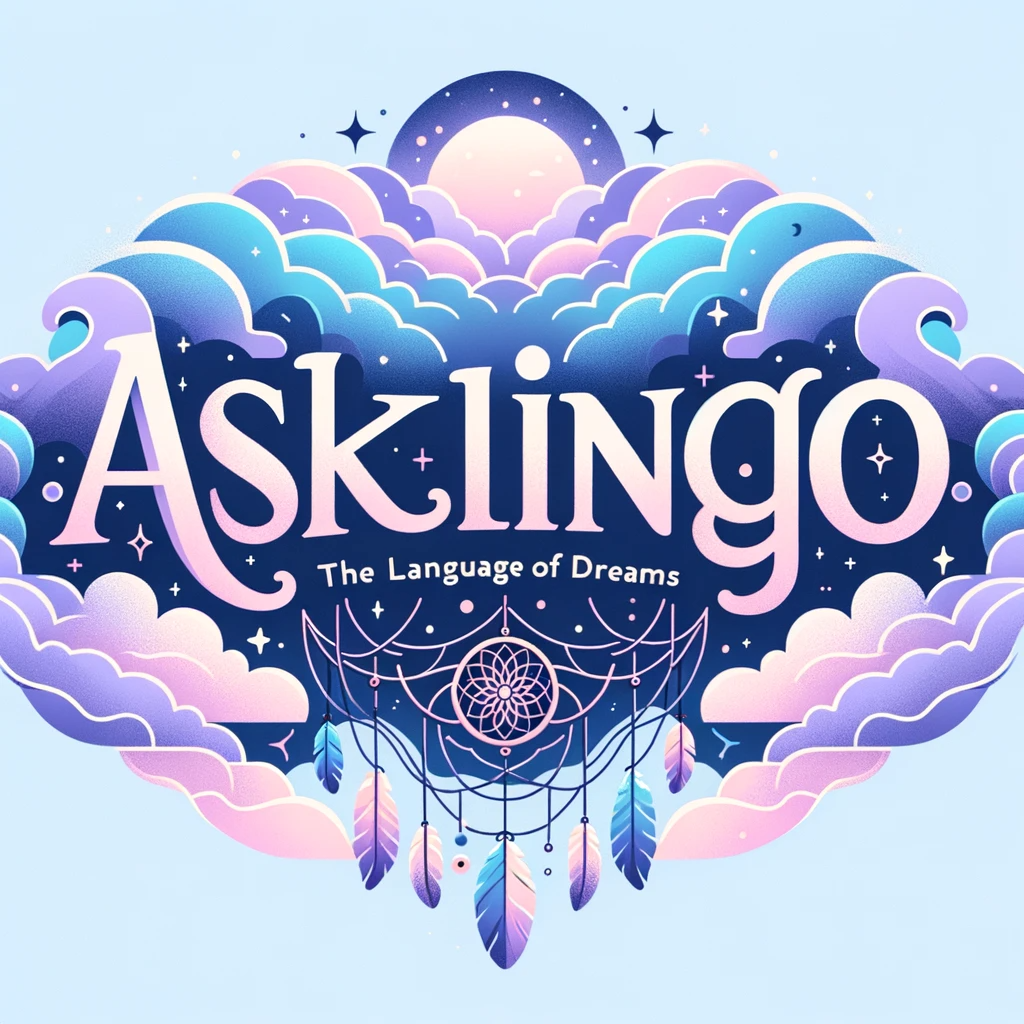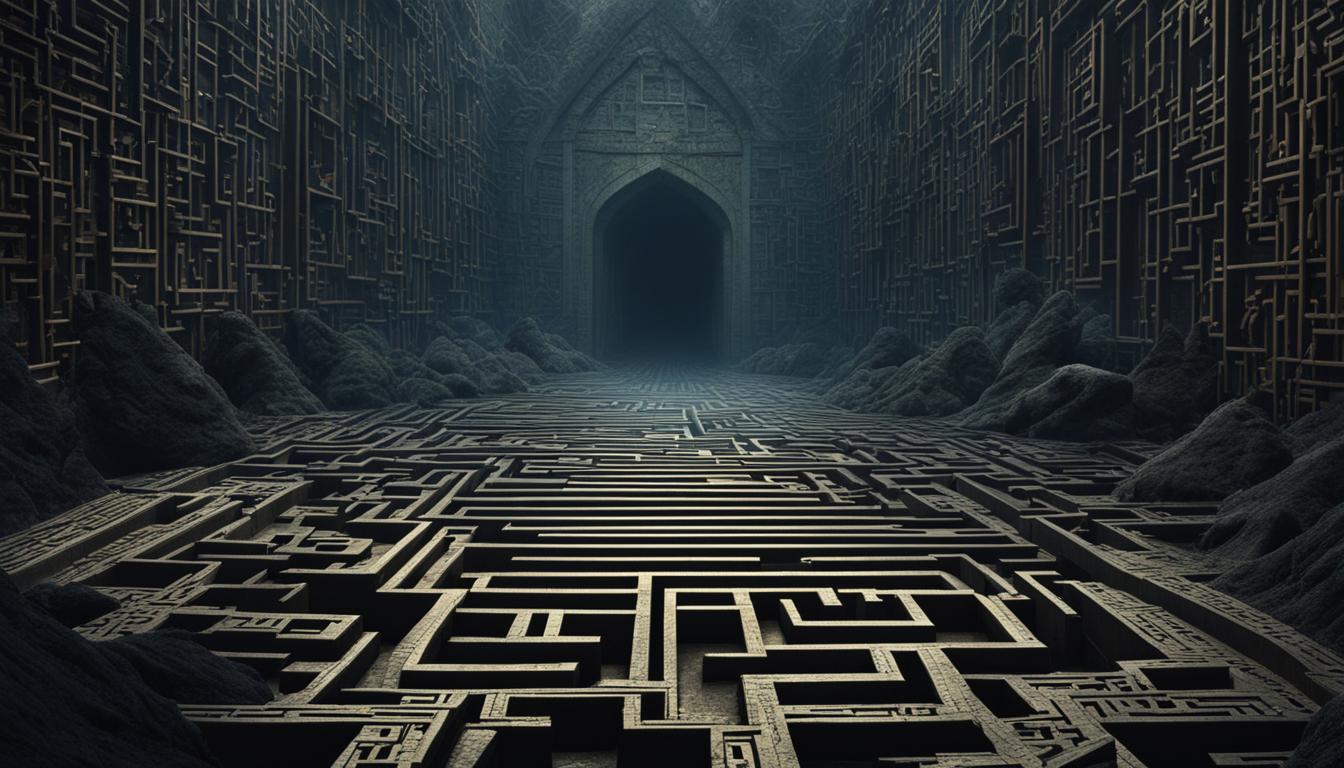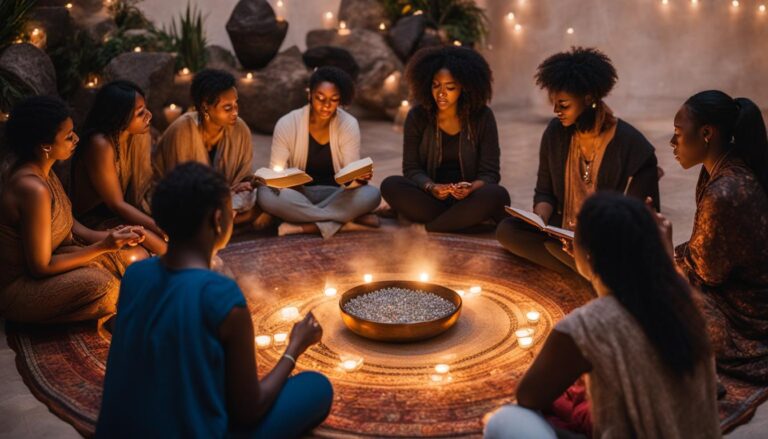Cultural Nuances in Dream Interpretation
As a professional copywriting journalist, I explore the intriguing world of dream interpretation and its cultural nuances. Dreams have fascinated humanity for centuries, serving as a gateway to the subconscious and a source of insight and inspiration. However, it is essential to recognize that dreams and their interpretations are not universal; they are deeply influenced by cultural awareness, multicultural sensitivity, cultural competence, and cultural intelligence.
Key Takeaways:
- Cultural awareness plays a vital role in understanding and interpreting dreams.
- Multicultural sensitivity allows for respectful engagement with diverse dream traditions.
- Cultural competence helps navigate differing beliefs and interpretations of dreams.
- Cultural intelligence enhances cross-cultural communication in the realm of dreams.
- Recognizing and respecting cultural differences in dream interpretation fosters intercultural understanding and inclusion.
Cultural Differences in Dream Themes
Understanding cultural contexts in dream symbolism is crucial in recognizing the cultural diversity that exists in dream themes. Research studies have provided valuable insights into the variations in dream content across different cultures. For example, one study compared the dream themes of Chinese and German university students and found similarities in dreams about school, being chased or pursued, and sexual experiences. These themes were prevalent in both cultures, suggesting that certain dream motifs transcend cultural boundaries.
However, the study also uncovered distinct cultural differences in dream themes. Dreams about failing exams were more common among Chinese and German students compared to Canadian students. This disparity highlights the influence of cultural factors on the content of dreams. It demonstrates that cultural beliefs, values, and experiences can shape the themes that manifest in individuals’ dreams.
Adapting techniques to diverse backgrounds is essential when working with individuals from different cultures in the field of dream interpretation. A culturally sensitive approach requires an awareness of the cultural nuances that may affect dream themes. By acknowledging and respecting these differences, dream interpreters can ensure that their interpretations are inclusive and relevant to individuals from diverse cultural backgrounds. Cultural diversity training can play a significant role in equipping dream interpreters with the necessary skills to navigate the complexities of dream symbolism across cultures.
Cultural Influence on Dream Structures
In the realm of dream interpretation, the impact of culture goes beyond mere themes and symbols. Cultural beliefs, values, and self-construal shape the very structure of our dreams. Research has shed light on the distinct ways in which different cultures depict the self within the dream world.
Studies have shown that cultural differences in self-construal—the way individuals define themselves—can influence the portrayal of the dream-ego. For instance, in American culture, where independence and assertiveness are highly valued, dreams may feature an active and assertive dream-ego. On the other hand, in Japanese culture, which emphasizes interdependence and harmony, dreams might present a more passive dream-ego, influenced by others.
This cultural influence on dream structures suggests that our cultural contexts play a significant role in shaping not just our waking lives but also our dream experiences. It highlights the importance of recognizing and understanding the diversity of dream narratives across cultures.
Dream Structures and Cultural Perceptions of the Self
Research findings indicate that cultural variations in dream structures can provide valuable insights into how different societies perceive the self. By examining dream narratives, we can gain a deeper understanding of cultural ideas, norms, and values that shape individuals’ experiences and perspectives.
“Dreams, in their unique cultural narratives, offer a gateway to exploring the rich tapestry of human diversity and the intricate ways in which culture influences our subconscious minds.”
By acknowledging and appreciating these differences, we can foster cross-cultural communication, diversity, and inclusion. Embracing cultural diversity in dream interpretation promotes intercultural respect and creates opportunities for meaningful connections across cultures.

The Power of Cultural Understanding in Dream Interpretation
Recognizing the impact of culture on dream structures is essential for effective communication and understanding. It allows us to approach dream interpretation with cultural sensitivity and avoid imposing our own cultural biases onto others’ dream experiences.
By incorporating cross-cultural communication practices and promoting intercultural respect, we can create inclusive environments where diverse dream narratives are valued and understood. This not only deepens our appreciation for cultural diversity but also enriches our understanding of the human experience as a whole.
Cultural Self-Construal and Dream Agency
In the realm of dream interpretation, cultural self-construal plays a significant role in shaping the agency of the dreamer within their dreams. Cultural self-construal refers to how individuals perceive and define themselves within the context of their culture. This self-perception greatly influences the experiences and actions of the dream-ego, the central character of the dream.
American culture places a strong emphasis on independence and individuality. As a result, American dreams often feature a dream-ego that is assertive, proactive, and in control. This portrayal of self in dreams reflects the cultural values of autonomy and personal agency. In contrast, Japanese culture values interdependence and harmony, and these values are embodied in the dreams of individuals from this cultural background. Japanese dreams tend to depict a dream-ego that is less assertive and more influenced by others. The dream-ego in Japanese dreams may prioritize maintaining harmonious relationships and may be more responsive to the actions and opinions of others.
“Cultural self-construal shapes the portrayal of the self in dreams, and understanding these cultural differences is vital for accurate dream interpretation.”
Awareness of cultural variations in dream agency can greatly enhance our understanding of different cultural perspectives. By recognizing that cultural self-construal influences the behavior and agency of the dream-ego, we can avoid imposing our own cultural biases and interpretations onto dreams from diverse cultural backgrounds. Cultural sensitivity training is essential for developing the necessary skills to navigate these cultural nuances and to ensure respectful and inclusive dream interpretations.
Key Takeaways:
- Cultural self-construal influences dream agency, determining how assertive or influenced by others the dream-ego is.
- American dreams often feature an assertive, proactive dream-ego, reflecting the value placed on independence.
- Japanese dreams tend to depict a dream-ego that is less assertive and more responsive to others, reflecting the value placed on interdependence and harmony.
- Cultural sensitivity training is crucial for understanding and accurately interpreting dreams across diverse cultural backgrounds.

Dreams as Cultural Narratives
Dreams offer a fascinating glimpse into the rich tapestry of cultural diversity and can be seen as powerful cultural narratives. Just as cultural narratives like fairy tales differ between Western and East Asian cultures, dreams also reflect cultural differences in protagonist behavior, narrative ends, and symbolism. Through dreams, we can gain valuable insights into the values, beliefs, and norms that shape individuals’ experiences and perspectives within a particular culture.
Each culture possesses its own unique set of symbols and meanings, which often find expression in dreams. These cultural symbols and narratives in dreams can serve as a window into the collective consciousness of a community. For example, dreams in collectivist cultures may emphasize harmony, cooperation, and interdependence, while individualistic cultures may focus more on personal achievement, independence, and assertiveness.
The Role of Dreams in Cultural Identity
One of the most captivating aspects of dreams is how they can reflect and reinforce cultural identities. Dreams can provide individuals with a sense of belonging and connection to their cultural heritage. For instance, dreams may vividly depict traditional rituals, ancestral figures, or familiar landscapes that evoke a deep sense of cultural pride and identity. By exploring and analyzing dreams as cultural narratives, we can deepen our understanding of the complex interplay between individual experiences and broader cultural contexts.
Furthermore, understanding the cultural narratives embedded within dreams can contribute to fostering cultural competence, sensitivity, and inclusion. By recognizing and respecting cultural differences in dream interpretation, we can create a more inclusive environment where diverse dream experiences and interpretations are valued. This, in turn, strengthens our ability to engage in meaningful cross-cultural communication and build bridges of understanding between individuals from different cultural backgrounds. By embracing the cultural richness of dreams, we can truly appreciate the profound ways in which dreams shape and reflect our diverse human experience.

Implications for Cultural Understanding and Communication
Recognizing and respecting cultural differences in dream interpretation can significantly enhance cross-cultural communication. Dreams, being deeply rooted in culture, provide valuable insights into the beliefs, values, and norms of a particular society. Therefore, having multicultural sensitivity and cultural diversity training can play a vital role in fostering effective communication and understanding between individuals from diverse cultural backgrounds.
By understanding the cultural nuances in dream symbolism and structures, we can avoid making culturally insensitive interpretations. This awareness promotes intercultural respect and helps create inclusive environments where diverse dream experiences and interpretations are valued. Through cross-cultural communication, we can bridge the gap between different cultural perspectives and foster meaningful connections.
When engaging in cross-cultural communication, it is crucial to approach dream interpretation with an open mind and a willingness to learn. Recognizing that dreams are cultural narratives allows us to appreciate the unique experiences and perspectives that shape an individual’s dream world. By embracing cultural diversity and promoting multicultural sensitivity, we can build stronger relationships and develop a deeper understanding of one another.
In conclusion, valuing cultural diversity in dream interpretation is essential for effective cross-cultural communication. By incorporating cultural sensitivity training and embracing multicultural perspectives, we can enhance our cultural intelligence and create a more inclusive and respectful society. Let us strive for a world where dreams become a powerful tool for connection and understanding across different cultures.







